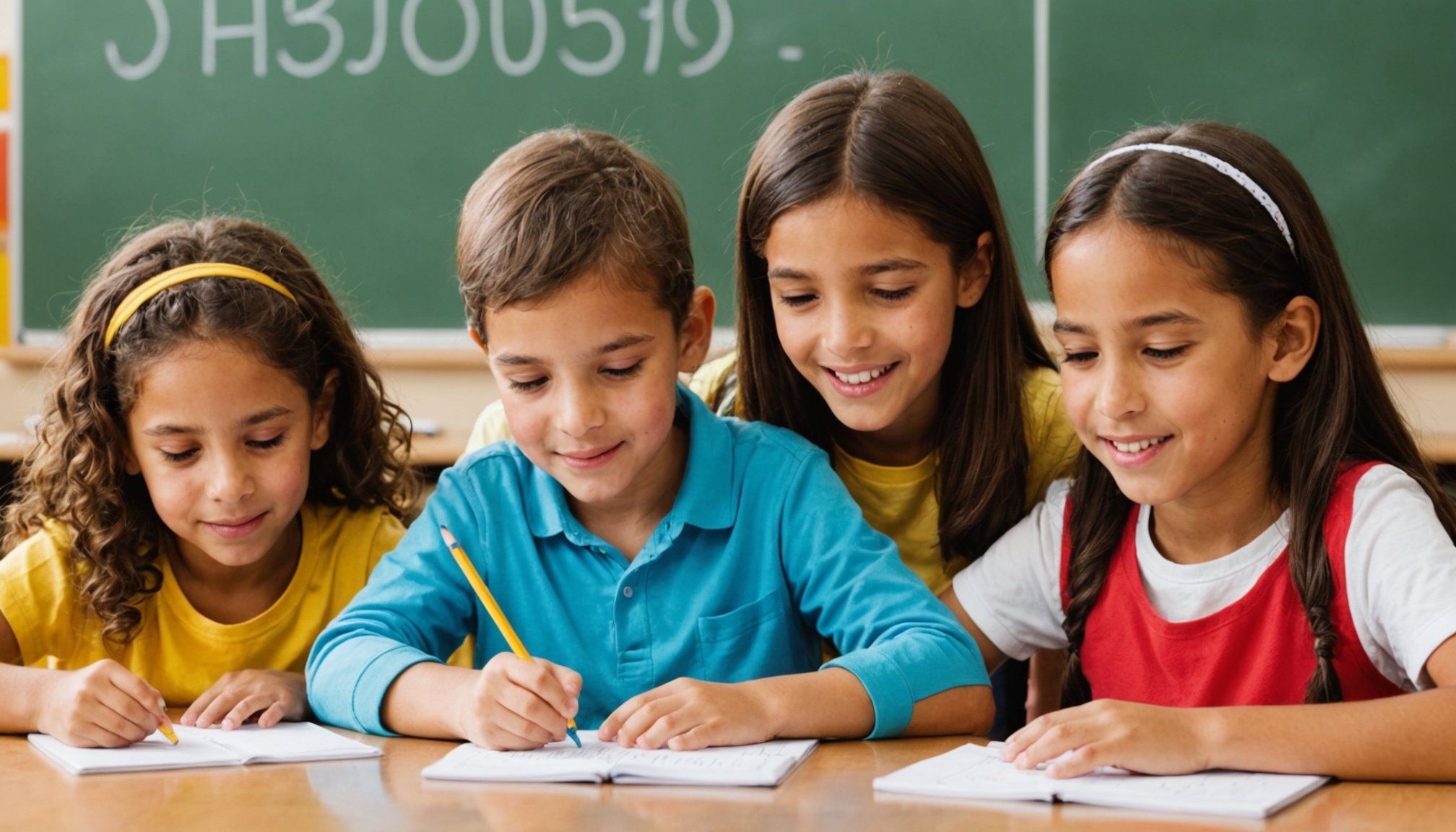Understanding Bilingual Education
Bilingual Education encompasses various models, each providing unique structures to enhance learning. At its core, bilingual education involves teaching academic content in two languages. Common models include transitional bilingual education, where the goal is eventually transitioning students to monolingual instruction, and dual-language immersion, emphasising proficiency in both languages equally. These models demonstrate diverse approaches in achieving language balance and academic excellence.
The Cognitive Benefits of bilingual education are well-documented, signifying strengths in problem-solving and critical thinking. Studies indicate that bilingual individuals perform better on tasks requiring multitasking and attention, due to enhanced mental flexibility. Furthermore, the comparison of bilingual education with traditional monolingual approaches often shows higher cognitive advancement. Bilingual students typically excel in adapting to new situations, promoting a more profound engagement with learning materials.
Also to see : Harnessing the Benefits of Deep Pressure Therapy for Autism: An In-Depth, Practical Guide
As the global landscape becomes increasingly interconnected, the significance of robust Learning Methods in bilingual education cannot be overstated. These methods not only prepare students for linguistic proficiency but also cultivate a more holistic educational experience where multiple aspects of intelligence are engaged, setting a foundation for academic and personal growth. Implementing varied pedagogical techniques ensures students maximise the benefits of bilingual learning.
Cognitive and Academic Benefits
Exploring the academic achievement and cognitive growth from bilingual education sheds light on its profound impact. Research indicates that bilingual students often display superior abilities in critical thinking and multitasking. This section delves into how bilingualism enhances these capacities and contributes to overall cognitive development.
Also read : Harnessing the Benefits of Deep Pressure Therapy for Autism: An In-Depth, Practical Guide
Impact on Cognitive Skills
Enhanced cognitive development in bilingual individuals is a key finding, with evidence suggesting that managing two languages sharpens critical thinking. It facilitates better problem-solving abilities and increased mental flexibility, benefiting students in diverse academic tasks.
Academic Performance Differences
In terms of academic achievement, bilingual education offers distinct advantages. Comparative studies show that bilingual students frequently outperform their monolingual peers in various academic fields, showcasing higher engagement and adaptability.
Language Proficiency Development
Bilingual education is instrumental in developing language proficiency. Greater exposure to two languages means students often achieve advanced language skills. This dual-language competence opens opportunities for enhanced communication, both academically and socially, reinforcing students’ readiness for future challenges.
Social and Cultural Benefits
Bilingual education offers significant social skills enhancements, fostering greater empathy and adaptability in children. Research highlights that exposure to multiple languages enhances communication abilities and broadens students’ understanding of diverse perspectives. These skills are crucial in facilitating harmonious interactions in a multicultural environment, allowing bilingual individuals to connect more effectively with peers from different cultural backgrounds.
Increased cultural awareness through bilingual education contributes to better societal integration. By understanding different cultural nuances and traditions, students become more open-minded and less prone to biases, promoting inclusivity. This awareness is a significant asset in our interconnected world, where cross-cultural communication is vital.
Moreover, bilingual students are equipped with long-term global competence and marketability, making them desirable candidates in an increasingly diverse job market. Many employers value bilingualism as it facilitates international business dealings and broadens market reach. Thus, students who undergo bilingual education often find themselves with expanded career options and opportunities for advancement in various fields that prioritise cultural diversity. These benefits underscore the importance of incorporating bilingual programs into educational curricula, preparing students for future success in a globalised society.
Implementing Bilingual Education Programs
Implementing bilingual education programs requires a strategic approach to ensure their success and sustainability. Effective program models, such as dual-language immersion and transitional instruction, offer varied structures to foster both linguistic and academic growth. These models aim to create balanced proficiency in two languages, strengthening students’ ability to connect and communicate widely.
Effective Program Models
Successful bilingual programs incorporate comprehensive educational strategies, allowing students to engage fully with the content in both languages. By offering curriculum integration and cultural relevance, these programs make learning more engaging.
Teacher Training and Resources
Critical to the success of bilingual education is the ongoing training of teachers. Existing educators must be equipped with the required skills and resources to support dual-language instruction. Professional development programs are essential to keep teachers updated on innovative pedagogical approaches tailored to bilingual classrooms.
Community Involvement Strategies
Engaging the community, including families, is a cornerstone for reinforcing bilingual education. This involvement enhances program acceptance and supports students outside the classroom. By actively including parents in educational activities and fostering local partnerships, schools can create a supportive environment that enhances learning outcomes for bilingual students.
Long-term Impacts of Bilingual Education
Engaging in bilingual education extends well beyond immediate language proficiency. It’s a catalyst for lifelong learning and resilience in adapting to diverse challenges. Bilingual individuals often enjoy enhanced cognitive longevity, a result of regularly stimulating both hemispheres of the brain. This consistent mental engagement can delay cognitive decline often associated with aging, promoting sustained mental acuity.
Bilingual proficiency also unlocks various future opportunities in the workforce. Many employers value employees who can bridge communication gaps in multinational settings, making bilingual individuals highly sought-after candidates. By speaking multiple languages, individuals can access roles that involve international relations, translation, and diplomacy, significantly widening their career prospects.
Moreover, studies show that bilingualism contributes positively to cognitive health over the lifespan. They suggest that managing two languages enhances brain elasticity, allowing individuals to recover and adapt to cognitive challenges more efficiently. This adaptability advantage is crucial in an evolving global landscape, where rapid changes demand quick and effective decision-making. Such benefits underscore the profound and lasting impact bilingual education can have on an individual’s personal, academic, and professional life trajectory.



